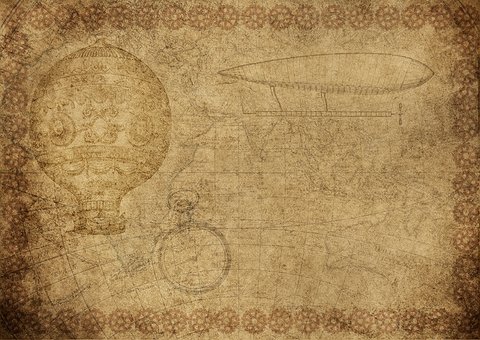To every practitioner, actual methods are extremely important. One must truly practice in order to achieve liberation. By reciting the name of the Buddha one-pointedly, we can go to Western Pure Land; by practicing renunciation, bodhicitta, and emptiness, we can gradually eradicate our afflictions and attain liberation in the end.
We should all recite the Buddha’s name on a regular basis, but to be fully prepared, we should also undertake a concurrent practice. That is to say, we should choose one of the Middle Way practices in either Vajrayana or exoteric Buddhism to ensure all grounds are covered. If we can realize emptiness, that certainly is best; if not, we can still go to Western Pure Land if we are sincere in chanting the Buddha’s name. The two should be practiced together, this is also His Holiness Jigme Phunstok Rinpoche’s advice. At the same time, listening and contemplating the Dharma are both helpful to the practice and to chanting the Buddha’s name, so these activities are complementary. An integrated practice like this is definitely beyond error.
~ Depicted from THE FOUR SEALS OF DHARMA : The Importance of Practice











